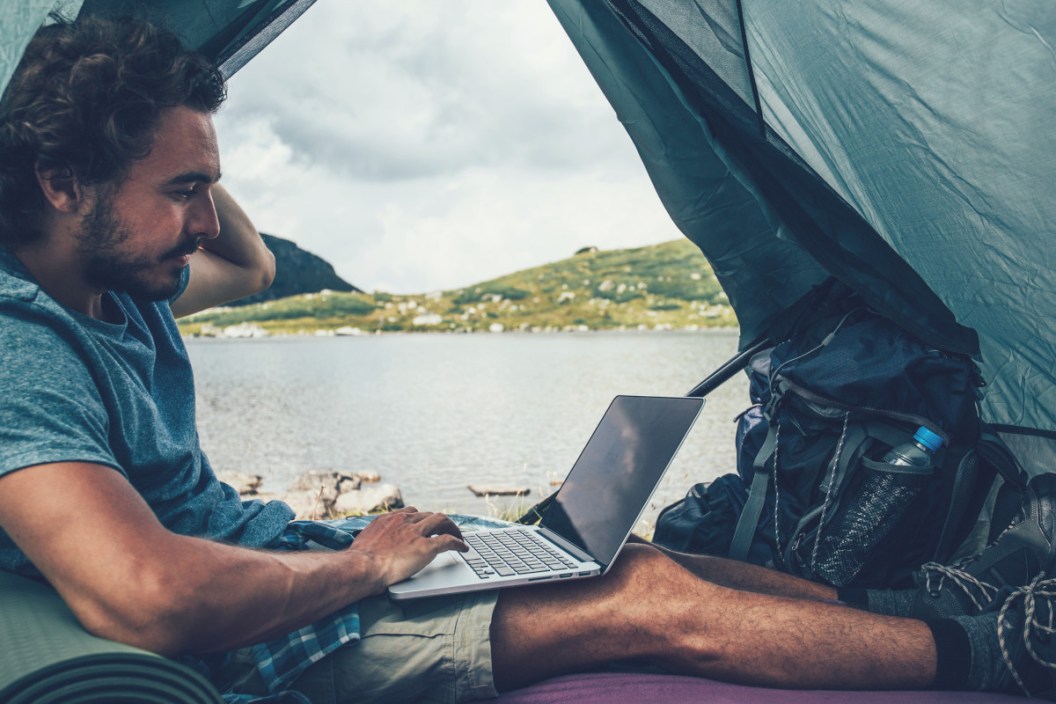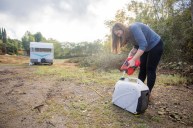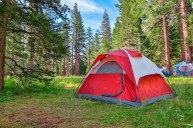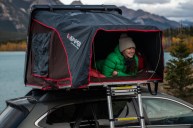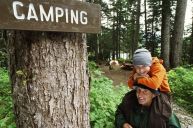No matter how many times a year we get to go camping, it never feels like enough. The frustrating reality is most of us are somewhat limited in vacation time, which also limits how much therapy we get recharging in nature every season. If you're like us, you dread that last day of camp when it is time to return to your full-time job and the everyday world again. If only we had a way to spend more time in nature while simultaneously working our full-time jobs. Well, it turns out that is more possible than ever before. We can partially thank the coronavirus pandemic for helping us get our foot in the door. Many jobs shifted to a work-from-home model while the virus raged. The idea was a hit. Many people now want to work entirely for remote companies because the excellent work-life balance is one heck of a perk.
Now, obviously, not every job can be doable from the road. Some businesses also aren't quite ready to move from a traditional office just yet, either. So, this advice won't apply to everyone. We're also not here today to tell you how to find remote job opportunities. That part is up to you, and there are plenty of resources online for finding these job opportunities. Our expertise is in camping and the outdoors.
This is why we're instead going to explain how to take advantage of remote work to spend a little more time camping and spending time outdoors this year. That was my goal at the beginning of this year. The only question was how I was going to pull it off. I didn't want to disrupt my usual workflow. I also didn't want to spend much time and money paying for established campgrounds, electricity, and WiFi. It took some doing, but I found some solutions that have helped me become a part-time digital nomad on the cheap without sacrificing the quality of my work.
Getting WiFi From a Campsite
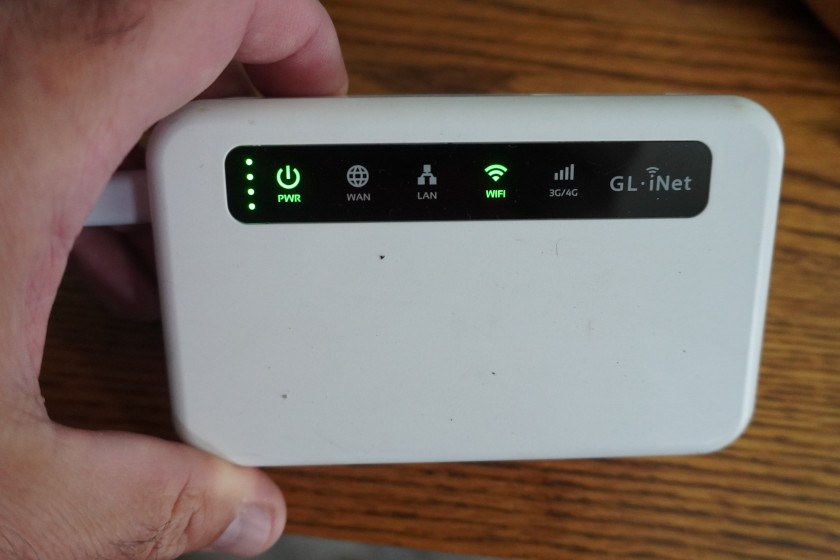
Travis Smola
While many employers offer flexible work these days, there is no denying that a solid Internet connection is the most crucial aspect of any remote job. It's easy to get the Internet in a home office. It's a lot harder when your workspace is a camp chair in a rustic site of a National Forest campground.
The Internet access puzzle was the most challenging aspect of taking my work on the road. I needed to be able to write and post my stories to Wide Open Spaces. I needed to be able to chat with my coworkers on Slack daily. I also have regular face-to-face conference calls and interviews via Zoom and Microsoft Teams. That last part was the kicker because video meetings use much Internet data.
I first looked at Internet hotspots from all the major cell service providers like Verizon and AT&T. These were not ideal. I had used these hot spots before and knew most had data caps on them. Many companies label their plans as "unlimited," but they aren't. Most only give you about 10 gigabytes of data before they start throttling Internet speeds. Still, it's probably worth looking at your cell service provider to at least see the options. In some cases, they offer an add-on where you can make your phone a hotspot, eliminating the need for a separate device.
If your job involves simple data entry or just sending emails, you might be able to get away with a limited data plan as your Internet option. For my situation, I knew it wasn't going to be enough. I usually have at least one video meeting over an hour each week, which would likely eat up to 10 GB in one go. I needed an unlimited solution.
The future of mobile Internet is probably going to be Starlink. It is a satellite Internet service operated by Elon Musk's Space X program. There have been satellite Internet providers, but they have been consistently terrible in quality. Starlink's technology changes all that by offering low latency, high-speed Internet that somebody can access practically anywhere in the world. The service is fast enough for streaming video from even the most remote areas. They also recently began offering a Starlink package specifically for RVs. It was not cheap. There's a one-time hardware cost of $599, which costs $135 a month, significantly more than most home Internet services. However, it is probably the most viable option for anyone who wants to work while camping in areas with limited cell signals.
I was not ready to spend that much on my Internet service, which was fine because I found a workaround. I ended up going with a company called Travel Data. This service uses the T-Mobile data network to provide 4 and 5G Internet service wherever a T-Mobile network is present. Once you pick up a router for a one-time fee of around $235, you only pay $62 for streaming DVD quality or $85 a month for HD video quality speeds. I ended up going with the $85 a month plan. My folks bought a travel trailer this year, and I'm sharing the costs of the router and plan with them. It works out since we don't go on trips simultaneously, making Travel Data the more affordable route for us. The best part is that it is truly unlimited. I've streamed Paramount+ and YouTube for hours on it without any drop in quality. I've also participated in video meetings with team members remotely without any issues.
The downside is that T-Mobile coverage is severely lacking in western states. I also had some problems with it dropping connection in one state park campground. However, if I drove a few miles down the road, I quickly had a solid signal again. I usually find a quiet park or cemetery where I can sit in the car and work off the laptop for a few hours if a campground is not in the network. Going this route does require you to continuously monitor data network maps to ensure you'll have a place to work. Travel Data is not a perfect solution, but it has kept me working on the road with relatively few issues. In a worst-case scenario, if your Internet setup fails, you can always hit a local library or coffee shop for some free WiFi. I haven't had to go that route yet, though.
The Power Problem
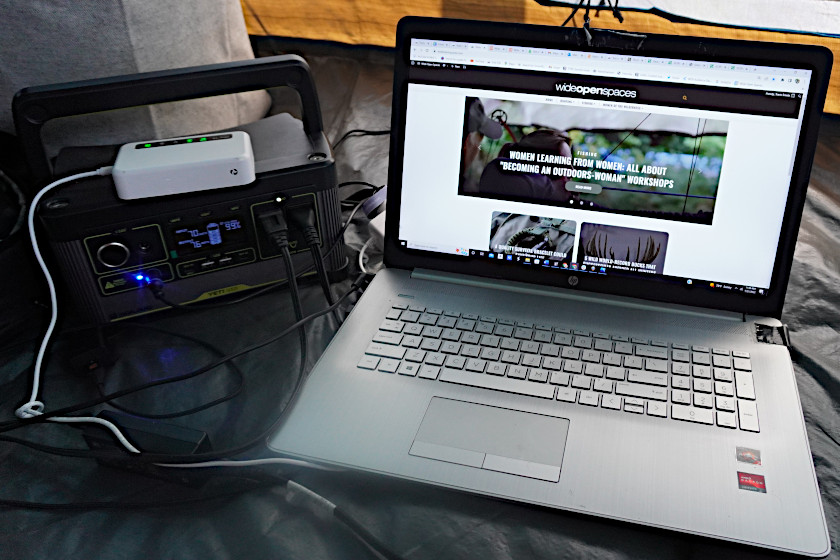
Travis Smola
My next hurdle was figuring out how to power my laptop while on the road. There are campgrounds with full electrical hookups, but these sites can cost upwards of $30-$50 a night, depending on location and the time of year. I wanted to save money and go on month-long camping trips. The costs would add up too quickly if I stayed in an established campground daily. The problem is that I work on a laptop with a 16-inch monitor. It's a natural battery hog.
I needed an off-grid solution for boondocking or dispersed camping to keep my laptop and router charged. Easier said than done. If you have an RV outfitted with solar panels or a generator, it is quite possible to stay off the grid for days at a time without needing to top off from shore power. Not being an RV owner, I knew I needed another solution. I ended up deciding I needed a portable power station. I spent a few months shopping before finally pulling the trigger on a Goal Zero 500x. I looked at smaller models but ultimately decided this 500-watt battery was the best solution. It has two AC ports that work perfectly with my laptop's cord. It also has several USB ports for charging my phone, cameras, and other equipment.
Of course, you do need to think about how to charge the power station itself. Fortunately, most brands today offer an AC wall charger and a 12-volt car charger so you can top off the battery while driving. However, because I knew I wanted to stay at rustic campsites for days on end, I also ended up picking up the Goal Zero Boulder 100-watt solar panel. It can charge the power station concurrently while I'm working. I usually goose the battery along during the day by unplugging the laptop when it is fully charged and turning down the screen brightness. Doing this, I typically keep the battery near 90 to 95 percent charge throughout an eight-hour workday. I need to get up momentarily and rotate the solar panel throughout the day to ensure it is getting all the sun's rays, but it works. Using this setup, I could go off-grid indefinitely so long as I get enough sunlight to recharge the power station.
If you use a smaller laptop, you might be able to get away with using a cheaper and smaller-wattage power station. I paid about $800 for the power station and solar panel setup. I spaced the two purchases three months apart to lessen the blow to the wallet. That includes $20 for an extension cable for the solar panel. Most companies seem to keep the cord short purposely. In the future, my goal is to eventually purchase a small cargo van and do a camper build in the back. When I do that, I may install a more sophisticated power system and a solar roof system to keep my laptop charged, but for now, Goal Zero works perfectly for my off-grid work needs.
Working in the Outdoors is Great for Morale
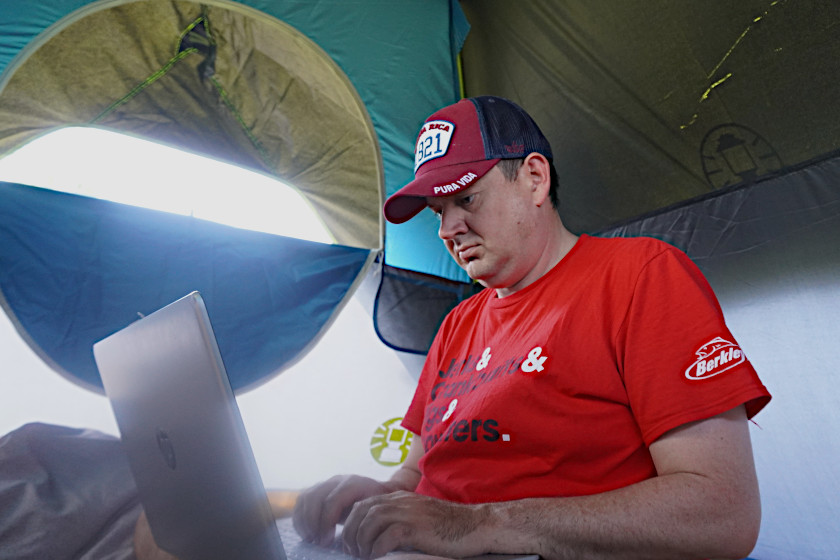
Travis Smola
That's all there is to my workstation away from home. I realize the setup I've described here may not work for everyone. You may need to make other arrangements if you need more equipment beyond just a laptop and Internet. But this setup has worked very well for me so far. It has been more than worth the personal investment in the equipment from a morale and stress reduction standpoint. My quality of work has gone up half the time. My coworkers haven't even realized I'm working from a campsite unless we're in a video meeting or if I tell them over Slack.
As a bonus, working from my campsite is the ideal work environment for an outdoor writer. Sitting in my chair outside, even if I'm glued to the monitor all day, has been incredible for driving inspiration in my writing. Unplugging at the end of the day isn't a problem, either. I can turn off my laptop and immediately take a hike, go fishing, or cook up a delicious meal over my charcoal grill without waiting until the weekend. If you can make work arrangements to do your job while enjoying the beauty and majesty of the great outdoors, I highly recommend you do it. My only regret is that I didn't start doing this sooner.
For more outdoor content from Travis Smola, follow him on Twitter and Instagram. Check out his Geocaching and Outdoors with Travis YouTube channels for original videos.
